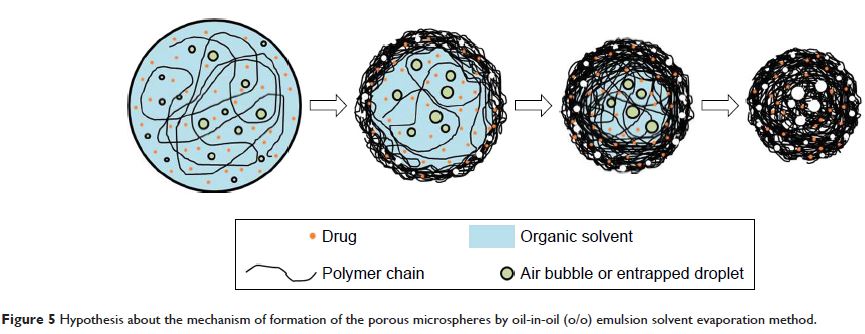108384
论文已发表
注册即可获取德孚的最新动态
IF 收录期刊
- 3.4 Breast Cancer (Dove Med Press)
- 3.2 Clin Epidemiol
- 2.6 Cancer Manag Res
- 2.9 Infect Drug Resist
- 3.7 Clin Interv Aging
- 5.1 Drug Des Dev Ther
- 3.1 Int J Chronic Obstr
- 6.6 Int J Nanomed
- 2.6 Int J Women's Health
- 2.9 Neuropsych Dis Treat
- 2.8 OncoTargets Ther
- 2.0 Patient Prefer Adher
- 2.2 Ther Clin Risk Manag
- 2.5 J Pain Res
- 3.0 Diabet Metab Synd Ob
- 3.2 Psychol Res Behav Ma
- 3.4 Nat Sci Sleep
- 1.8 Pharmgenomics Pers Med
- 2.0 Risk Manag Healthc Policy
- 4.1 J Inflamm Res
- 2.0 Int J Gen Med
- 3.4 J Hepatocell Carcinoma
- 3.0 J Asthma Allergy
- 2.2 Clin Cosmet Investig Dermatol
- 2.4 J Multidiscip Healthc

加载利福平、用于持续骨骼递送的多孔聚 ε-己内酯微球制备和体外表征
Authors Mei Q, Luo P, Zuo Y, Li J, Zou Q, Li Y, Jiang D, Wang Y
Received 18 January 2018
Accepted for publication 10 April 2018
Published 31 May 2018 Volume 2018:12 Pages 1533—1544
DOI https://doi.org/10.2147/DDDT.S163005
Checked for plagiarism Yes
Review by Single-blind
Peer reviewers approved by Dr Andrew Yee
Peer reviewer comments 2
Editor who approved publication: Dr Qiongyu Guo
Purpose: Mycobacterium tuberculosis is a serious public health problem
affecting hundreds of millions of elderly people worldwide, which is difficult
to be treated by traditional methods because of the peculiarity of skeletal
system and liver damage caused by high-dose administration. In this research, a
porous drug release system has been attempted to encapsulate rifampicin (RIF)
into poly (ε-caprolactone) (PCL) microspheres to improve the efficacy and
benefit of anti-tuberculosis drug in skeletal system.
Materials and
methods: The microspheres prepared by two
different methods, oil-in-oil (o/o) emulsion solvent evaporation method and
oil-in-water (o/w) method, were characterized in terms of morphology, size,
encapsulation efficiency, drug distribution, degradation, and crystallinity.
Results: The microspheres exhibited a porous structure with evenly drug
distribution prepared by o/o emulsion solvent evaporation method, and their
diameter ranged from 50.54 to 57.34 μm. The encapsulation efficiency was up to
61.86% when drug-loading content was only 1.51%, and showed a little decrease
with the drug-loading content increasing. In vitro release studies revealed
that the drug release from porous microspheres was controlled by non-Fickian
diffusion, and almost 80% of the RIF were completely released after 10 days.
The results of RIF-loaded microspheres on the antibacterial activity
against Staphylococcus aureus proved
that the porous microspheres had strong antibacterial ability. In addition, the
polymer crystallinity had prominent influence on the degradation rate of
microspheres regardless of the morphology.
Conclusion: It was an efficient way to entrap slightly water-soluble drug like
RIF into PCL by o/o emulsion solvent evaporation method with uniform drug
distribution. The RIF-loaded porous PCL microspheres showed the combination of
good antimicrobial properties and excellent cytocompatibility, and it could
generate gentle environment by PCL slow degradation.
Keywords: rifampicin-loaded porous microspheres, poly (ε-caprolactone),
oil-in-oil solvent evaporation method, encapsulation efficiency, antibacterial
ability
